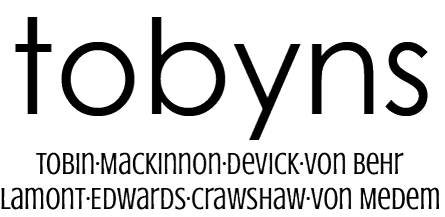Excerpt from Ireland’s Own on the Tobin Clan
Note: this has been typed from a copy of an article from an unknown source by the title of “The Following is taken from “Ireland’s Own”, Mar. 16, 1963. Ned has typed this copy from that.
The Following is Taken From “Ireland’s Own” March 16 1963
Though Tobin is not an indigeneous Gaelic Irish name, the family may be regarded as completely hibernicised. Originally of Aubyn in France, they were first called de St. Aubyn. They came to Ireland in the wake of the Norman Invasion, and by 1200 they were settled in counties Tipperary and Kilkenny, whence they spread in due course of time to the neighbouring counties of Waterford and Cork.
While not really numerous compared with others in the same category, such as Welsh, Roche, and Powel, they are still to be found today in considerable numbers in the counties mentioned above, but very few in other parts of the country. The Tobins became so influential in County Tipperary that in mediaeval times, the head of the family was known as Baron Coursey, although this was not an officially recognized title.
Clyn, in his annals, states that in the fourteenth century, the Tobins were a turbulent sept more dreaded by the English settlers than the native Irish. The place, BALLYTOBIN, near Callan (County Kilkenny), took its name from them.
James Tobin represents Fethard in the Parliament of 1689. Tobin appears frequently as a name in the Ormonde archives, and there have been also one or two minor septs in the family. Several Tobins were among the Wild Geese.
A branch of the family, returning to the Country of its origin, became established at Nantes where so many Irish families settled. The best known of this branch was Edmund, Marques de Tobin (1692-1747) who was killed in action in the War of Austrian Succession while in the service of Spain. Another branch of the Irish Tobins settled in Newfoundland.

I am looking for ancestors Thomas Tobin who married Marguerite Quirke. I don’t know the ancestry of either person. But we know the descendants. In Ile aux Chiens, St. Pierre, there was a death record for Michel Toben aka Michael Toben b. 1824 and it listed Thomas and Marguerite as his parents. also that he was from St. Lawrence. Looking to connect with other Tobin families and further extend our research. Willing to share information on our family trees.